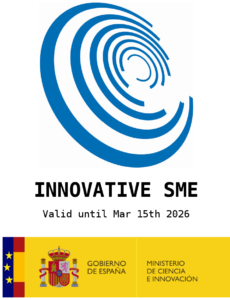Tuning Charge Storage Properties of Supercapacitive Electrodes Evidenced by In Situ Gravimetric and Viscoelastic Explorations
Journal: Anal. Chem.
Authors: FWanli Gao, Catherine Debiemme-Chouvy, Mohammed Lahcini, Hubert Perrot, and Ozlem Sel
Abstract: Revealed by an integrated electrogravimetric and viscoelastic method, slightly electrochemically reduced graphene oxide (ERGO) presents an anion preference for charge storage and delivery, while with the progressive removal of oxygen functionalities on its basal planes, cations begin to predominate in charge compensation. This “anion-to-cation” evolution in neutral aqueous media can not only affect the electrochemical charge storage, but also play an important role in electrode’s viscoelasticity. It was demonstrated that oxygen functionalities could modify the interactions between graphene layers and even contribute to pseudocapacitances. However, the role of oxygen functionalities in species transfer and viscoelastic variations still remains poorly understood. Herein, a combined methodology of electrochemical quartz crystal microbalance (EQCM), ac-electrogravimetry and electroacoustic impedance measurements was proposed for characterizing the electrochemical and viscoelastic responses of graphene oxides with various degree of electrochemical reduction. With the removal of oxygen containing functional groups, ERGO electrode exhibits (i) a gradually enhanced specific capacitance (Cs) with increased flexibility (decreased storage moduli, G′); (ii) a dehydration process of cations (i.e., from Na+·2H2O to Na+·H2O); and (iii) a potential-dependent “stiffened-softened” behavior. These results open the door for a suitable design of GO-based materials for electrochemical energy storage and shed light on electronic devices where ion-selective behavior plays a key role.Keywords: Electrochemical Quartz crystal microbalance, ,
Link: https://pubs.acs.org/doi/abs/10.1021/acs.analchem.8b04886




